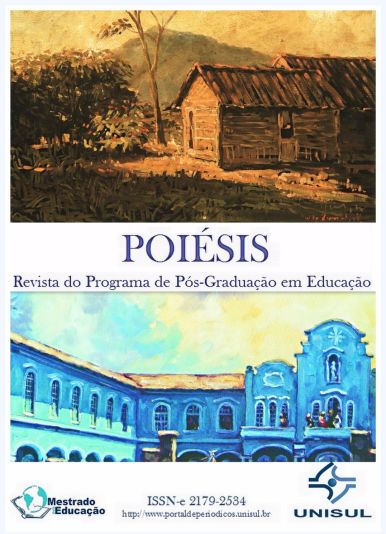BETWEEN THE QUILOMBO AND THE CHILD EDUCATION: THE (NO) PLACE OF THE QUILOMBOLAS CHILDREN IN THE BRAZILIAN EDUCATIONAL POLITICS
DOI:
https://doi.org/10.19177/prppge.v11e19201796-111Keywords:
Quilombola Child, Quilombo, Place, Brazilian Legislation.Abstract
The following text contemplates some reflections about incursions made in two quilombos from Santa Catarina as part of a research with the Doctoral Program in Education. The central motivation was to comprehend the educational relations and the place occupied by children from 4 to 6 years old, inhabitants of quilombolas communities, as the research’s main subjects. Nevertheless, the clipping we brought to this article refers to the place or no-place, as Augé (1994) says, attributed to the quilombolas children within the Brazilian legislation, making reference to the laws which manage the national education. It is possible to affirm that, after 20 years from the promulgation of the Law of Guidelines and Bases which recognized, among other achievements, the educative character of day cares and kindergartens, we are still far from ensuring a legislation that delimits the specificities from different childhoods brazilian. I also seek to indicate the importance of knowing forms of expression or sociability of children from these communities, because I perceive this knowledge can evoke other ways of thinking the institutionalized education.
Downloads
Published
Issue
Section
License

Poiésis is licensed under a Creative Commons Atribuição-Uso Não-Comercial-Não a obras derivadas 3.0 Unported License.


